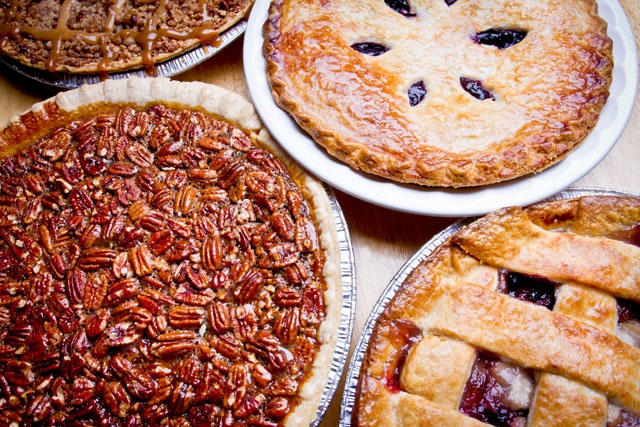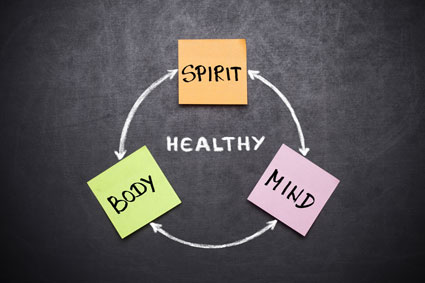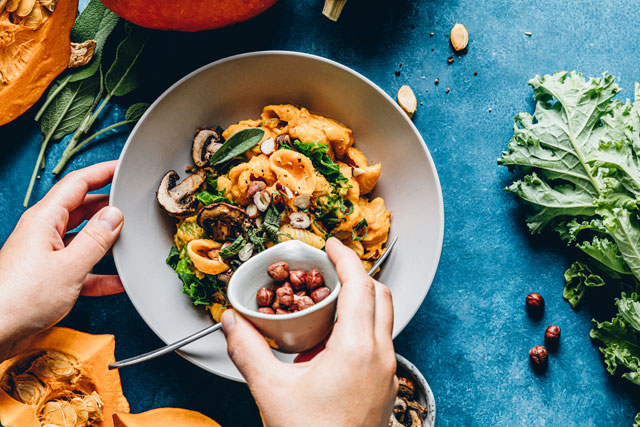Table manners make eating with others a pleasant experience. There is nothing more disturbing than sharing a meal with people who eat with their mouths open, drum their fingers on the table, and have no idea how to act properly while dining. Dining regularly at the family table will help you teach your children proper dining etiquette, something that will help them as adults. Proper dining etiquette is essential for dating, workplace dinner meetings, and all kinds of social functions.
Do not forget that you are sharing the dinner table with others; you cannot simply slouch over your plate and sprawl your feet under the table as though space were endless. This seems to be a particular affliction of teens, who either lounge in their chairs as though they are recliners or slump over their plates, folding themselves up to avoid human contact. Proper posture means sitting up with your feet on the floor. Crossing your legs should only be done at the ankles.
Also keep your elbows under control. You can rest them on the edges of the table when talking occasionally, but do not set them there as though the table is a prop to hold you up. Etiquette used to dictate that you should never put your elbows on the table, but it is perfectly okay between courses if you are carrying on a conversation. Just do not do it all the time or while actually eating. You may be more comfortable with just your wrists on the table or even resting your hands in your lap. It is really up to you. Also, do not fling your arms about while talking or jab your elbows into your neighbors while cutting your food. Learn to cut your food with your elbows close to your body.
Do not play with your utensils or your drinking glass or tap your fingers on the table. Others at the table will be irritated, and it interferes with conversation to hear that unnerving background noise. Also irritating is watching someone twirl his or her hair or play with food on the plate. Tapping your feet falls into this same category; you are not providing the musical entertainment!
Proper Dining Rules
Etiquette rules for dining address most of the common courtesies that make eating a pleasurable experience by making it more organized and giving a certain flow to the experience. For instance, you always pass food from the same side to avoid confusion or too many things being passed in different directions. It just makes things simpler. Rules to remember include:
· Always say "please" when asking someone to pass you something at the table, then thank the person when you receive it.
· Do not reach across the table for something that is too far away. You run the risk of spilling something or getting your sleeve in someone else's food, and it is bad manners.
· Pass food counterclockwise around the table, starting with the head of the table. Take what you want from the serving bowl and pass it to the right.
· Always taste your food before adding any salt or pepper out of respect for the talents of the cook. It is fine to season your food lightly, but do not assume that you will need to before tasting it.
· Cut the meat one piece at a time and eat each piece before cutting the next one.
· Always chew slowly with your mouth closed.
· Use your napkin to wipe your mouth and hands frequently.
· Any time you are dining at a restaurant or banquet, always put your napkin in your lap before dining. If you need to get up during the meal, do not put the napkin on the table; the other diners do not want to look at your dirty napkin. Instead, place it on your chair. However, at the end of your meal, you should place your napkin next to your plate. If you drop your napkin on the floor, do not pick it up; ask your server or host for a new one.
· If you are eating a meal at home, it is perfectly fine to ask for a second helping. If you are a guest in someone else's house, wait to be offered a second helping, in case there is not any more, to avoid embarrassing your hostess.
· If you are served something you do not like, simply leave it on your plate. If someone asks why you are not eating, simply say that you are not very hungry. Do not admit that you do not like beets, cauliflower, or whatever the particular food is.
· Soup is properly eaten by dipping your spoon in and moving it away from you rather than toward you, then sipping it from the side of the spoon. You do not put the spoon fully into your mouth and you never slurp.
· What if you get something in your mouth that you cannot eat? If it is something like an olive pit, simply remove it carefully and place it on the side of your plate. If you can do this easily with your fork, this is the preferable manner. However, if it is something like a tiny fish bone or a bit of meat fat that you cannot swallow, you may unobtrusively spit it into your napkin so that no one has to see it.
· Do not butter an entire roll or slice of bread at once. Break it into smaller pieces and butter each piece before you eat it. Remember to place your bread and butter on the separate bread plate if one is provided. When butter is passed, take enough for your bread, put it on the plate, and butter the bread as you need to.
· Excuse yourself from the table during a meal only if you have to. If you must leave to use the bathroom, simply say, "Excuse me, I'll be back in a moment." You do not have to announce where you are going; no one wants to hear about it during a meal.
· Do not eat from someone else's plate. It is rude and unsanitary. If you really want to sample someone else's dinner selection, ask if you may try it before the other person starts to eat and wait for that person to remove a portion from his or her plate and transfer it either to your plate or to a clean plate provided by the server.
· When a woman leaves the table or returns to it, the men should stand briefly out of respect and courtesy.
· If wine glasses have been placed at all place settings and you do not want any wine, simply place your hand over your glass when the server gets to you. If you miss the opportunity, simply do not drink the wine after it is poured rather than making a fuss about it. Do not turn the glass upside down as some people do; this is incorrect.
· If someone asks for the salt or pepper, always pass both the salt and pepper shakers. This keeps the set together.
At the top and to the left of your plate is the bread plate with a small bread knife for spreading butter, jam, or other condiments. To the right are your beverage glasses. Notice that the glass for white wines is slightly smaller than the one for red wines. A red wine goblet also generally has a rounder bowl.
Once you have picked up a utensil and used it, do not put it back down on the table. It will soil the tablecloth or table. You should place it on your plate when it is not in use. You should place your fork and knife across the plate itself with the spoon on the under-saucer of the bowl or cup it was used in.
When you have finished eating and want to let the server know that your plate is ready to be cleared, you can place both your knife and fork at an angle across the right side of your plate with the knife above the fork. The tines of the fork should be facing down. This signals to the server that you have finished eating. Do not stack your plates together, as this can make it more difficult for the server to clear them.
































